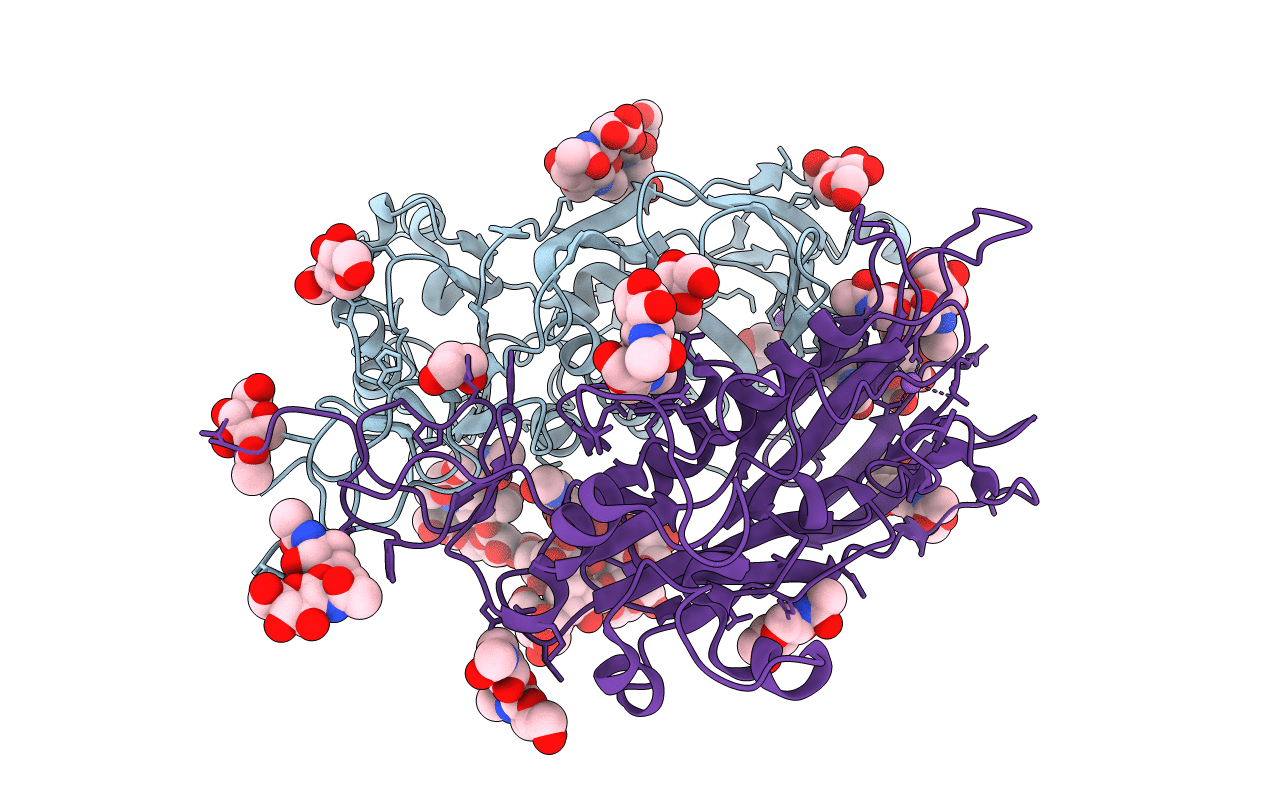
Deposition Date
2016-04-22
Release Date
2016-05-11
Last Version Date
2024-11-06
Entry Detail
PDB ID:
5JIF
Keywords:
Title:
Crystal structure of mouse hepatitis virus strain DVIM Hemagglutinin-Esterase
Biological Source:
Source Organism:
Murine coronavirus (Taxon ID: 231423)
Host Organism:
Method Details:
Experimental Method:
Resolution:
2.00 Å
R-Value Free:
0.22
R-Value Work:
0.20
R-Value Observed:
0.20
Space Group:
P 21 21 21


